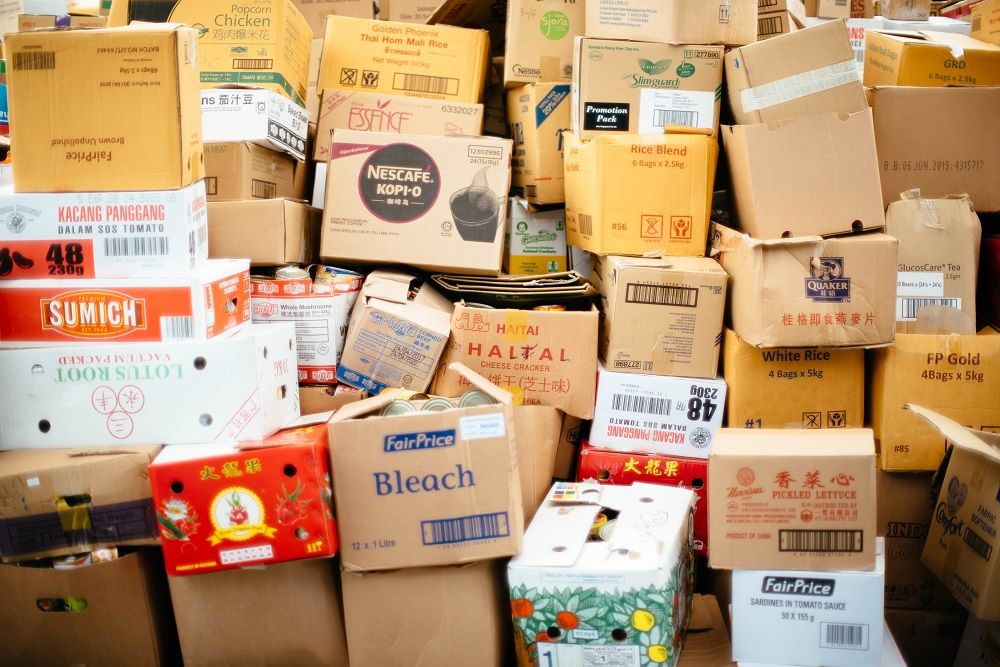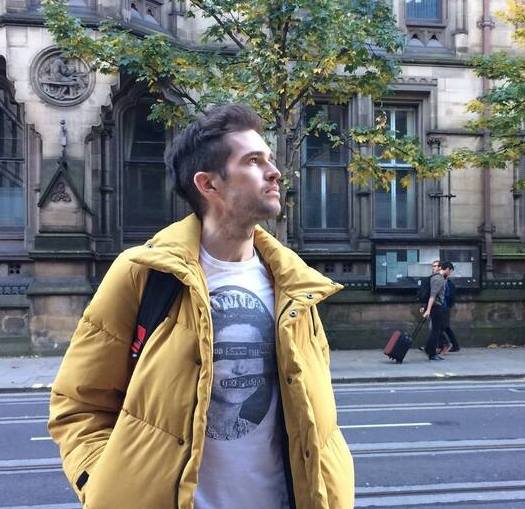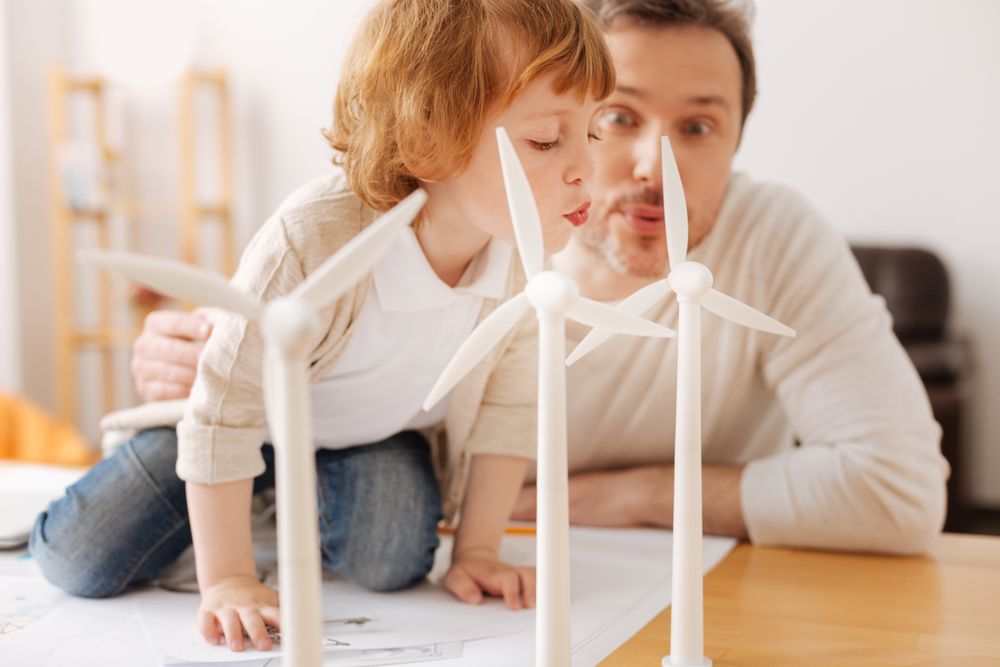Many of us like to believe that paper bags are better than plastic bags. Why? Well, for one thing, they’re not plastic. Yay! They’re also made from renewable sources, can be recycled, and they can biodegrade.
As ever, though, we must always question ✨the truth of the things we’re told✨ and never blindly accept something as fact, right?
For me, this is the case when it comes to how environmentally friendly paper really is. I’ve heard a lot of conjecture from both sides recently: some say paper is amaze-balls, others say it’s worse than plastic (what?).
Others say going paperless is groovy, the rest say there’s no point as long as we recycle plastic. What’s the truth here? I decided to find out…

Where does paper come from?
We were all (well, most of us) taught at school that paper comes from trees.
This is still true today. Paper comes from trees, and deforestation is now a HUGE environmental concern. When I was a little boy at school, I was told that cutting down trees was bad — but that was a few years ago. Now, the situation is much, much worse.
So the question is: is it worth us cutting all these trees down in order to save paper? Do we need so much paper?
Or perhaps, a better way to frame that question is…
Should I recycle paper?
Recycling is obviously a good thing. But when it comes to paper, the answer to this question isn’t so black and white.
A lot of trees are cut down each year, and 35% of them are used to make paper. Because recycling reduces the need for new trees to be planted, recycling paper would seem to be a good thing.
The thing is, recycling paper requires electricity from fossil fuels, while a modern paper mill gets its energy from burning wood waste.
That’s a mark against recycling paper.
On the other hand, paper mills rely on toxic chemicals like formaldehyde, methanol, and toluene. Worse still, paper mills are one of the worst polluters in America. In fact, the Spring Grove paper mills are in the top 1% of all toxic air polluters.
Then there’s the fact that making new paper requires 74% more air pollution and 34% more water pollution than recycling paper.
Moreover, when you recycle paper, you’re eliminating landfill.
So while recycling paper has one or two issues, it’s still the best thing for our environment.
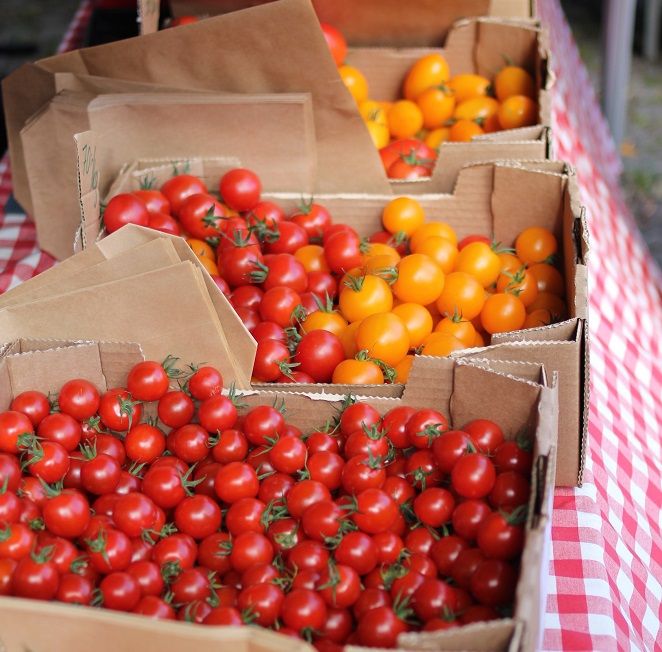
Does paper generate a lot of waste?
There’s denying it — humanity has a waste problem at the moment. Plastic waste, food waste — it’s all bad.
And it looks like you can add paper waste to that list, too.
The problem is that the transportation of paper waste causes high greenhouse gas emissions. This is the main reason for the excess tonnage and volume that paper is adding to the waste stream.
Moreover, paper bags are heavier than plastic bags, which means higher recycling costs and more waste. When a bag is bigger, it takes up more space in a landfill.
According to stats, seven trucks are needed to transport 2 million paper bags, while just one truck is needed to transport the same amount of plastic bags.
In short, paper generates more waste than many of us probably realized.
How can I make paper better for the environment?
It’s obvious that there’s still a demand for paper. The billions of people on this planet aren’t suddenly going to stop needing and using it, so in that case — how can we be more careful with our usage? How can we minimize paper waste and thus pollution?
Here are some tips to minimize paper waste:
- Recycle, recycle, recycle! And tell your friends and family to do the same.
- Opt for paper products that come from recycled paper materials.
- Reuse as much paper as you can. For example, try to use both sides of a sheet of paper and finish a notebook before buying and starting a new one.
- Go easy on the number of things you print. If, for example, you’re preparing to print a four-page document but the fourth page will contain just one sentence, try to edit your work so that you can fit everything into just three pages.
- Buy reusable cups instead of paper cups. Paper cups aren't recyclable at all.
- Go digital when it comes to keeping notes and files. Embrace the tech age!

Verdict: what’s the real problem with paper?
Okay, so we’ve seen that the production and transportation of paper cause greenhouse gas emissions and waste, and we’ve also learned that paper is started to fill our planet.
This isn’t cool because, if you can cast your mind back to the deep past, paper used to be pretty damn rare. These days, it’s everywhere.
And this is the problem. No longer is paper simply used as a tool to help us communicate with each other, it’s used for packaging. And, as we’ve learned, producing paper packaging is actually more taxing on our delicate planet than producing plastic bags. Paper takes lots of energy to produce — too much, some would say.
The best thing to do going forward is to recycle everything that can be recycled. If you must use paper, make sure you reuse as much as you can and then recycle.
On the bag issue, paper and plastic bags are both bad as it turns out. As such, it’s a smart idea to use reusables. For example, totes are super cool, and you can reuse the same one over and over again. And what's even better than a cute new tote? Using what you already have, for every bag is a reusable bag.
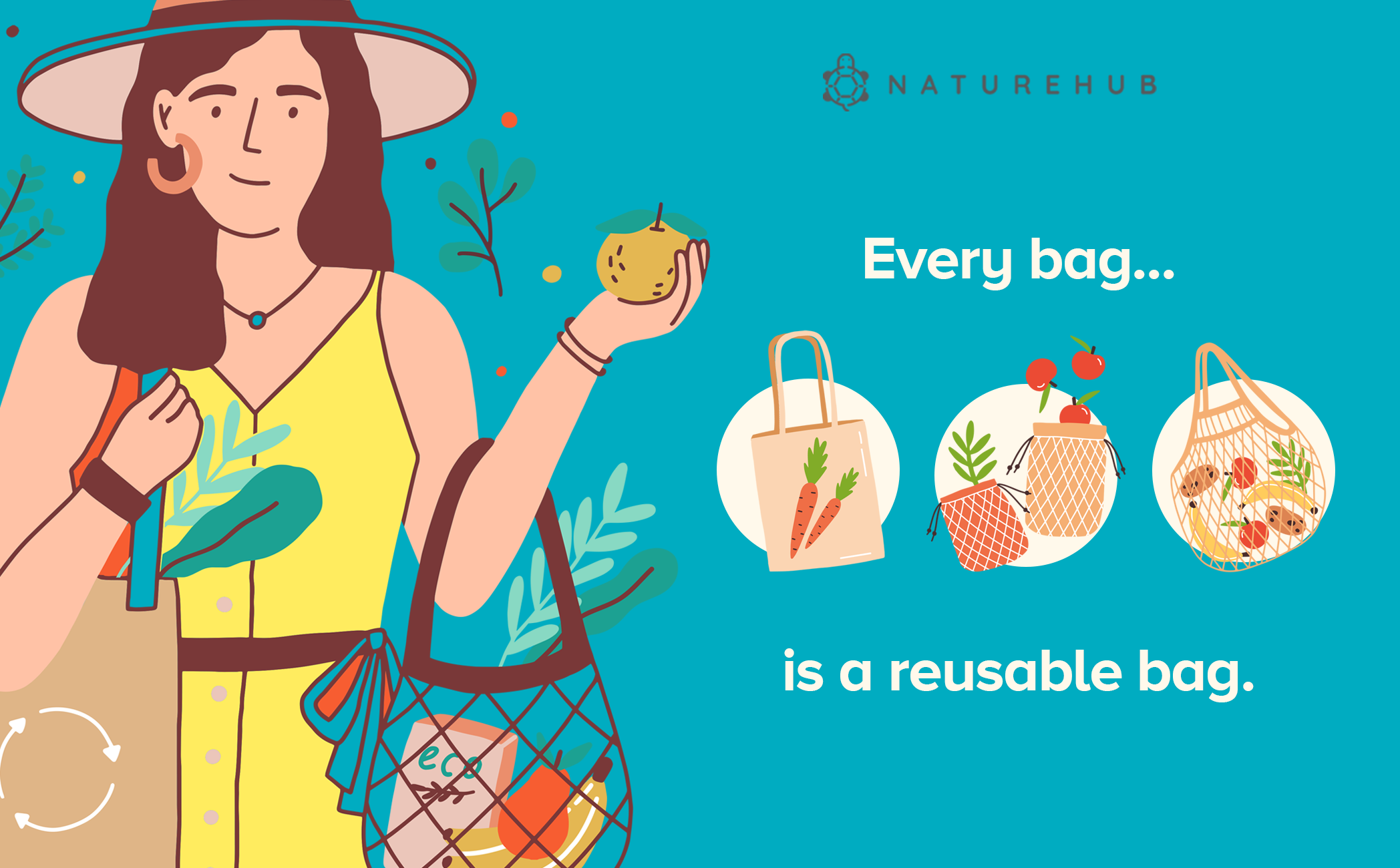
Other than that, please follow the tips above to reduce your paper waste and do your bit for our wonderful planet.
Got any tips of your own? Let us know in the comments below!
Join the budding community of conscious consumers right now and help save the planet! The NatureHub Conscious Community app is now available on both Google Play Store and iOS App Store.
Download it here: Apple iOS • Android


